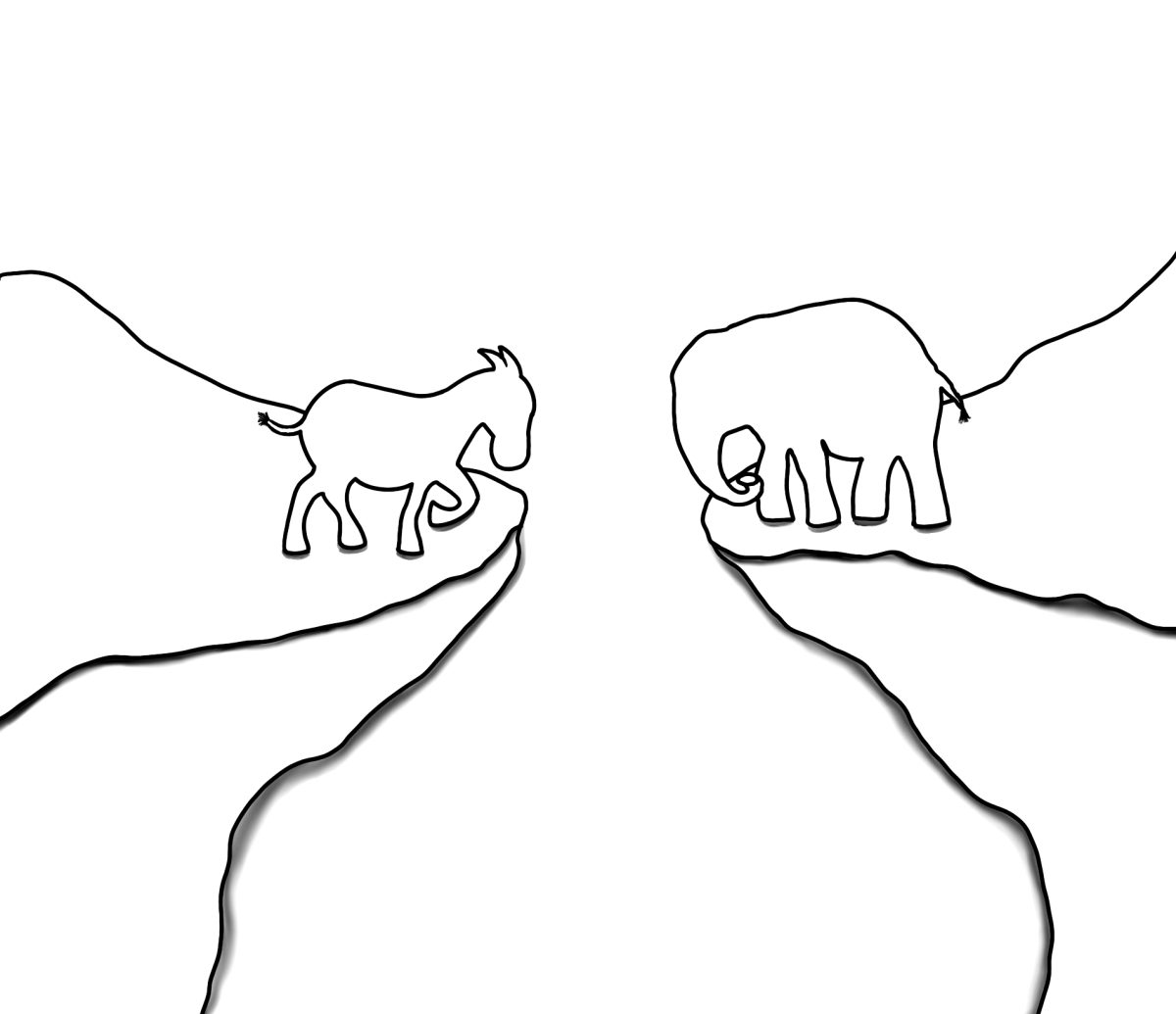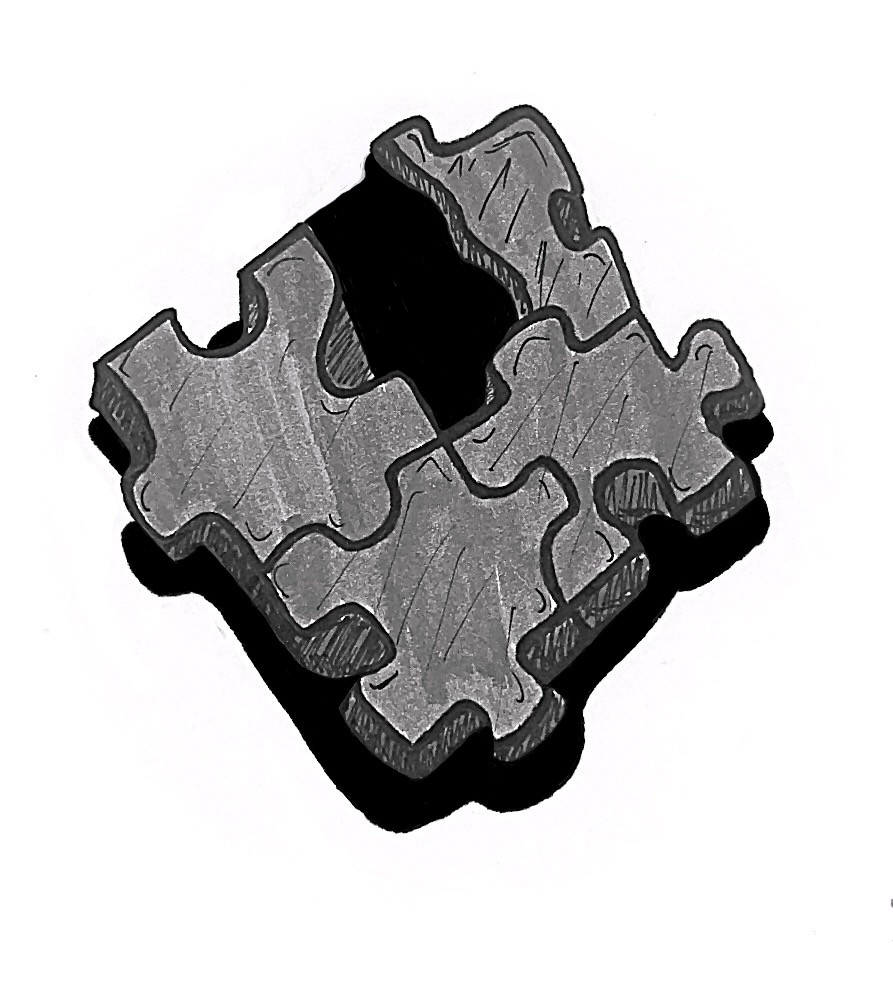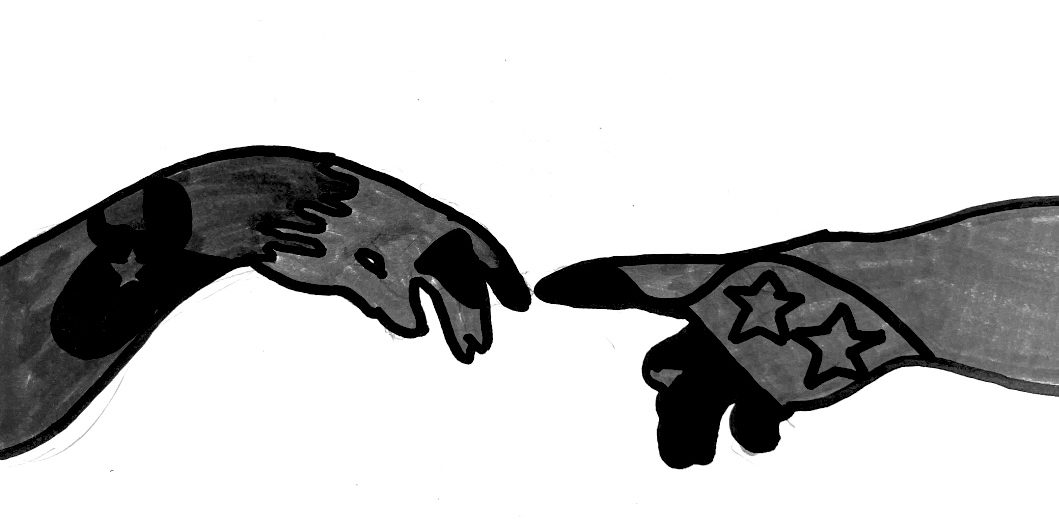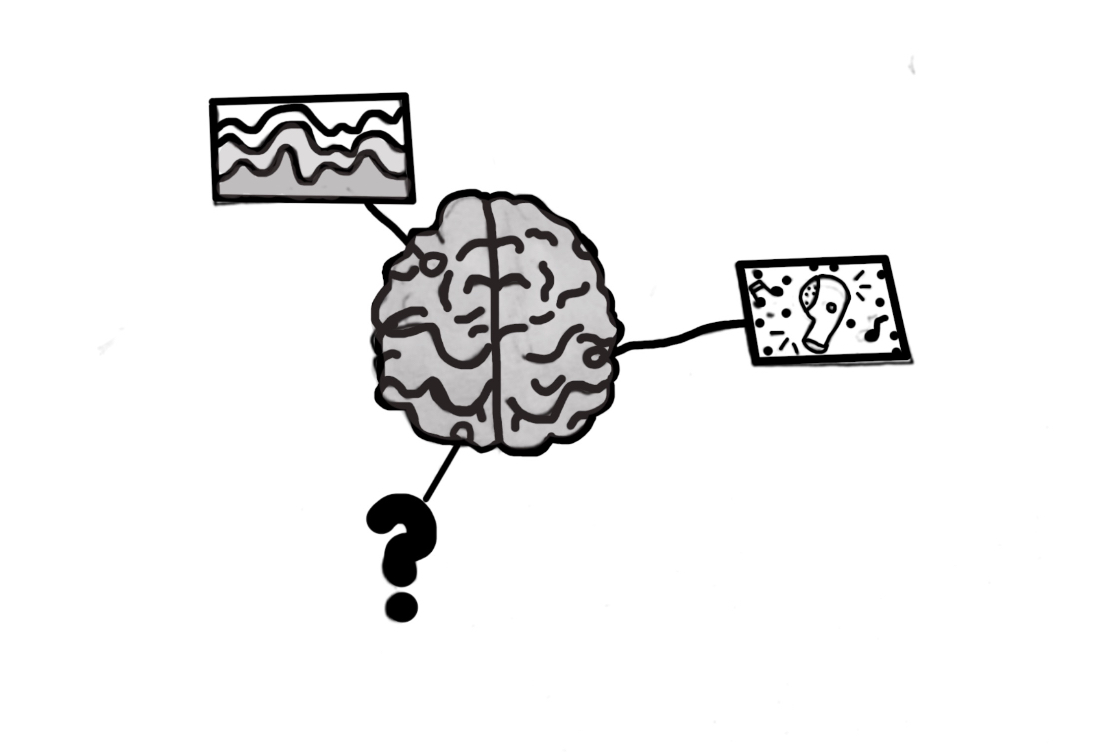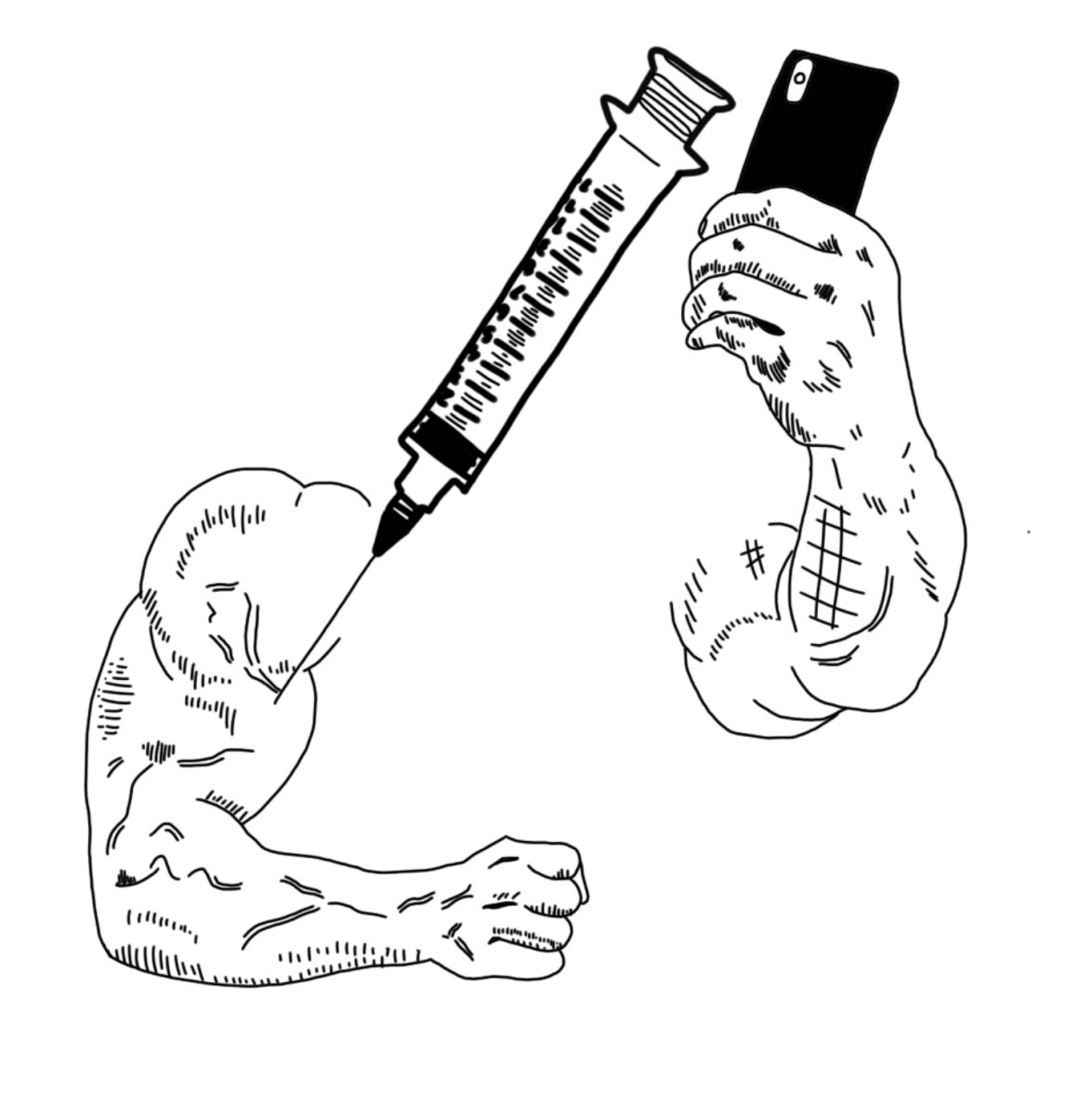When picturing a Republican, you may imagine a large middle-aged white man holding a shotgun painted in stars and stripes with an eagle on his shoulder. When you picture a Democrat, you may imagine a blue-haired vegan girl. The truth is, many Republicans believe that gay marriage should be legal, and many Democrats disagree with radical left tax policies. While extremists do exist, the majority of our country’s population falls somewhere in between. There seems to be no candidate in this election, or in the last three presidential elections, that represents the middle ground. It’s either far left or far right, and finding yourself in between makes for a difficult decision. The gap between the two parties grows wider with every ridiculous and false accusation against one side, making it more strenuous to identify with one party.
In the 2024 election, every vote is crucial because the candidates have equal popularity, but neither party may be able to secure these votes. Presidential candidates Kamala Harris and Donald Trump have attempted to obtain the votes of the young generation (roughly ages 18 to 29), through social media advertisements and celebrity endorsements. However, this strategy seems to be ineffective as a huge factor stands in the way of young Americans voting. According to a Harvard Youth Poll, 51 percent of 18 to 29-year-olds say they will not vote in this election. The lack of this generation’s votes is astounding, but it is not because they don’t care about the election. The real reason is that they do not identify with either of the parties’ ideals. If more of a central party existed, voter rates would be significantly higher.
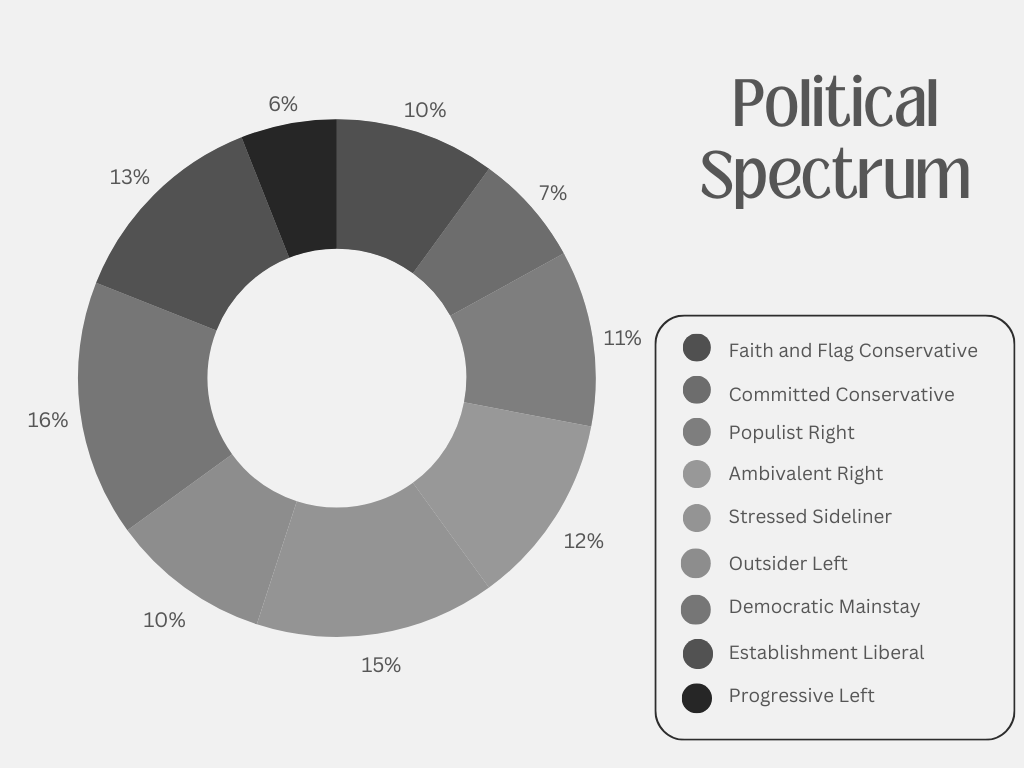
The United States is the most diverse country in the world, with a wide variety of nationalities, ethnicities, and cultures. Given this information, many people do not conform to the political policies and ideals that our nation’s leaders preach such as strengthening border control and immigration laws. Many people in our country face rare circumstances that political leaders rarely prioritize in our political system. According to Pew Research, one in 10 registered voters in America are naturalized citizens, and 28 percent of naturalized citizens are registered independent. Statistically, that means that 10 percent of the population is not being fairly represented.
Junior Marco Cleary, co-founder of the Purple Club, a group looking to find commonalities between the Republican and Democratic sides of the upcoming election, is just one of millions of soon-to-be eligible voters who are unclear on which party they resonate with most.
“Some Republican and some Democrat views I support evenly. I feel like being a Democrat or Republican makes you only view [the ideals of] just that party, and I want a party that supports both sides or looks at both sides equally; there is just no such candidate,” Cleary said.
This year, presidential debates were televised and heavily covered by the media, however, they seemed to only show no middle ground between Trump and Harris. Between every question, the opponents attacked each other’s morals and twisted each other’s words. Since the candidates couldn’t comply with each other’s ideas maturely and rationally, the political views of each candidate appeared to the public as more and more extreme. In contrast to this dramatic debate, the vice presidential debate, where JD Vance and Tim Walz shared more common ground on important policies and events, acted as an attempt to close the gap between the two polarizing sides. Since the two vice presidential candidates appeared more civil, it can be saide that it seems like one of them would better suit the presidential chair. This is a popular belief, and it has occurred before in the past. When Joe Biden served as Barack Obama’s vice president, the two were considered relatively centered left. Now, towards the end of Biden’s four-year term as president, he is considered the most left-leaning president in the country’s history. This leads many to believe that if Walz or Vance were to become president, they would most likely become more extreme.
As of 2023, Forbes reported that a record high of 43 percent of voters are registered as independent. Because of the negative connotation associated with identifying with either party, most new voters register as independent. When this happens, it creates ineligibility to vote in the primary elections, meaning the candidates will be on farther sides of the spectrum, as the voters in these parties are more extreme. This stemming issue results in new voters staying away from the polls because they do not resonate with either politically extreme candidate. This rabbit hole has been dug deeper and deeper every year.
To encourage more voters and appeal to a wider range of people, the running candidates don’t have to be the most far-leaning right Republican or left Democrat. A party with aspects that appeal to a bigger population would encourage people to vote because there would be a candidate that captivates them. When these parties only narrow down on a few general beliefs, they lose interest in the average Republican and Democrat. This leads to large events of misrepresentation, and in some cases, fewer voters.
In 1853, Former President Millard Fillmore was a member of The Whig Party, which had the ideals now associated with the independents. He was the last president to be a part of this party. Since then, presidents have represented one side, lacking in appeal to members of the other. This must change.



